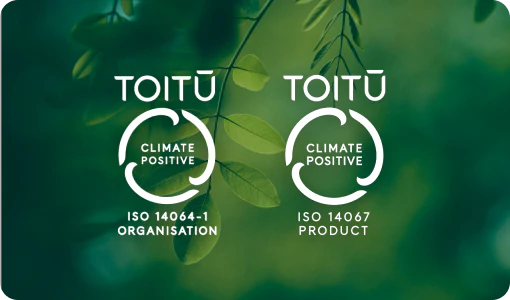Misconceptions about solar energy
17/02/2025

There are many myths about solar energy that aren’t actually true. We have debunked some of the most common misconceptions to shine a light on the benefits of having a solar energy system powering your house.
Myth: Solar only works when the sun is shining
As technology evolves, solar panels have become even more efficient. Solar panels rely on light as opposed to temperature to generate electricity. There’s a misconception that the hotter the day, the more energy the panels will generate. But solar panels only need sunlight to generate energy. Often a sunny winter day can generate as much solar energy as a hot summer's day. Even in low light conditions, for example when it is cloudy, solar panels will continue to generate electricity to power your home.
Myth: Solar power is only generated in summer
Contrary to what you might hear, solar panels produce energy in all seasons. This is because solar panels are designed to absorb light, not heat. While winter days might be shorter, and less hours of sunlight will impact their total energy output - solar panels perform just as well on cool winter days with lots of sunshine and will generate energy even on cloudy or overcast days.
Myth: Solar panels don’t last long
This is absolutely false. Solar panels are designed to last for 25 years or more, with most solar panels continuing to produce electricity beyond that period. This makes solar panels a great long-term investment, significantly reducing your power bills over time.
Myth: Solar panels aren’t efficient enough
With advances in technology, solar panels have become more efficient than ever before. The design of the solar panels, and the materials used have increased the conversion of sunshine, and delivery of power that solar panels provide to your home. This efficiency in panels means that you will see a significant decrease in your overall power bills. The savings on your power bill will only increase over time as power becomes more expensive.
Myth: Solar costs too much to install and isn’t economically viable
The cost of solar panels has been dropping over the last decade. Globally, it is now cheaper to produce energy from solar than coal. There are many options available now to kick-start your solar journey. Many banks are now offering low interest loans for up to $50,000 to install a solar energy system. These loans can be as low as 0%, and can be added to your existing mortgage. There are also fixed-term interest-free options available too.
Once you have installed your solar system, make sure to sign up to our ecoSOLAR plan - you will be paid 21c/kWh (plus lines and network charges) for your solar export during peak pricing periods, meaning you will receive a credit on your monthly power bill for any additional solar energy you have sold back to the grid. This will reduce your overall annual energy costs. Over the lifetime of the solar energy system, you can expect the system to pay itself back and enjoy a return of between 10-20%.
Myth: Solar panels require a consent to install
Most homes don't require a consent to install a solar energy system. The exception is usually if your home, or part of your home, for example the roof, is heritage listed. When you are talking to a solar installer about installing a system, they will let you know about any caveats to your property title that you would need to apply for consent.
Myth: Installing solar is complicated and requires a lot of maintenance
Solar is actually very low maintenance. Depending on your home and solar energy system set-up, the initial installation can take between 1-2 days. Once the installation has been completed, it will need to be approved by an independent inspector before it can be switched on so you can start powering your home with sunshine.
In terms of maintenance, solar panels are largely self-cleaning due to the angle that they are installed on. You will need to keep an eye on your roof to remove any loose leaves, and make sure that any trees are trimmed to reduce shading to the panels.
Myth: Installing solar panels will cause damage to your roof
The installation of solar panels will cause little to no damage to your roof. When the solar panels are installed, the team of installers will ensure your roof is left watertight. The panels usually cover such a large area of your roof that some homeowners view the panels as protecting their roof rather than damaging it. The other way to look at it is that your roof is being put to work to save you money, rather than collecting solar energy but not doing anything with it.
Myth: Reselling your home will be harder with solar panels
There's no need to put out a buyer beware sign. In fact, for many people looking to buy a home, having solar panels installed is appealing. By having solar installed from the moment they move in, their power bill will be cheaper than it might have been. It removes the load of researching solar for themselves, so they can just enjoy all the benefits of being powered with sunshine. If the new homeowner thinks that their energy usage will change compared to the previous homeowner, there is always the option to add more solar panels, or a battery to store the energy in.
Myth: Solar panels are bad for the environment once they have stopped working
It really is a myth that solar panels are bad for the environment. Solar panels are largely made from silicon dioxide, which is a biproduct of sand, and although there are some environmental impacts from their manufacturing processes, the overall environmental benefit of solar panels far outweighs it. In fact, the renewable energy generated from solar panels will pay for the manufacturing of the solar panels many times over, throughout the lifetime of the system. Phoenix recycling is leading the way as the first company in NZ to get a permit to recycle solar panels.
If you are interested in getting started on your solar journey make sure to visit our solar installer page here. You can find a local installer in your area and get a quote for your home.







